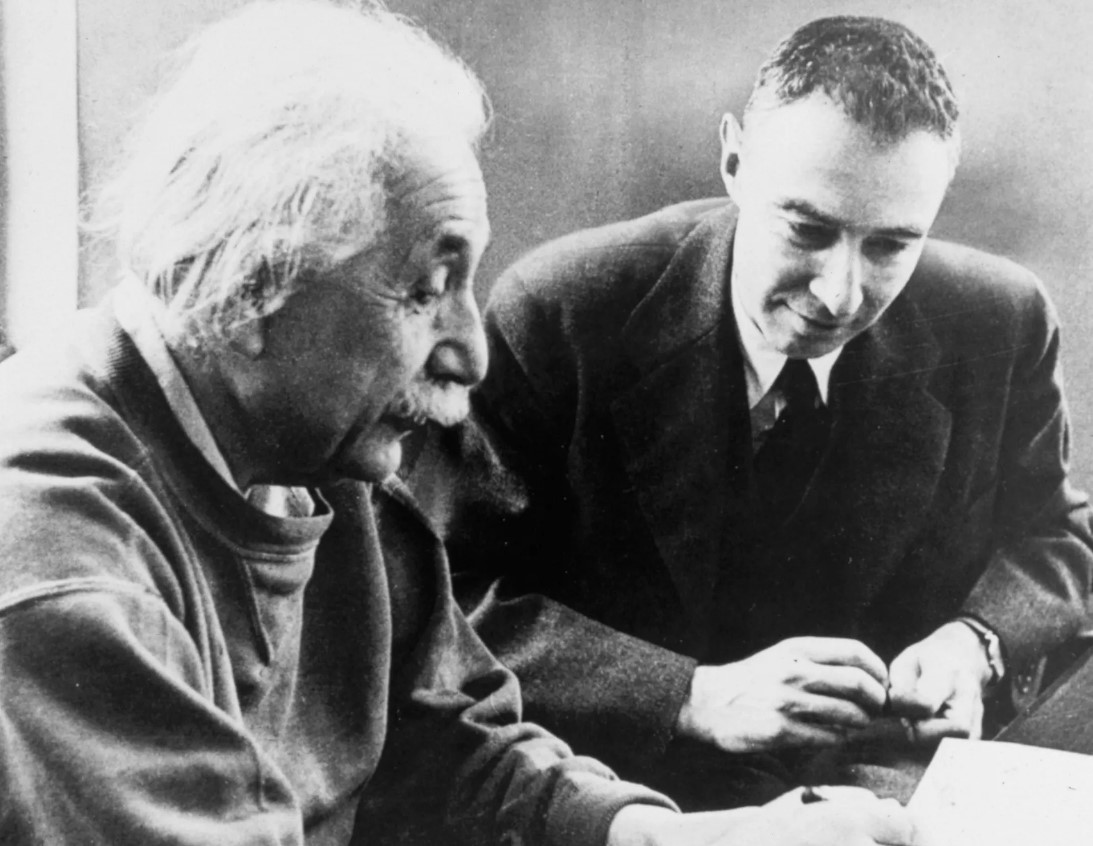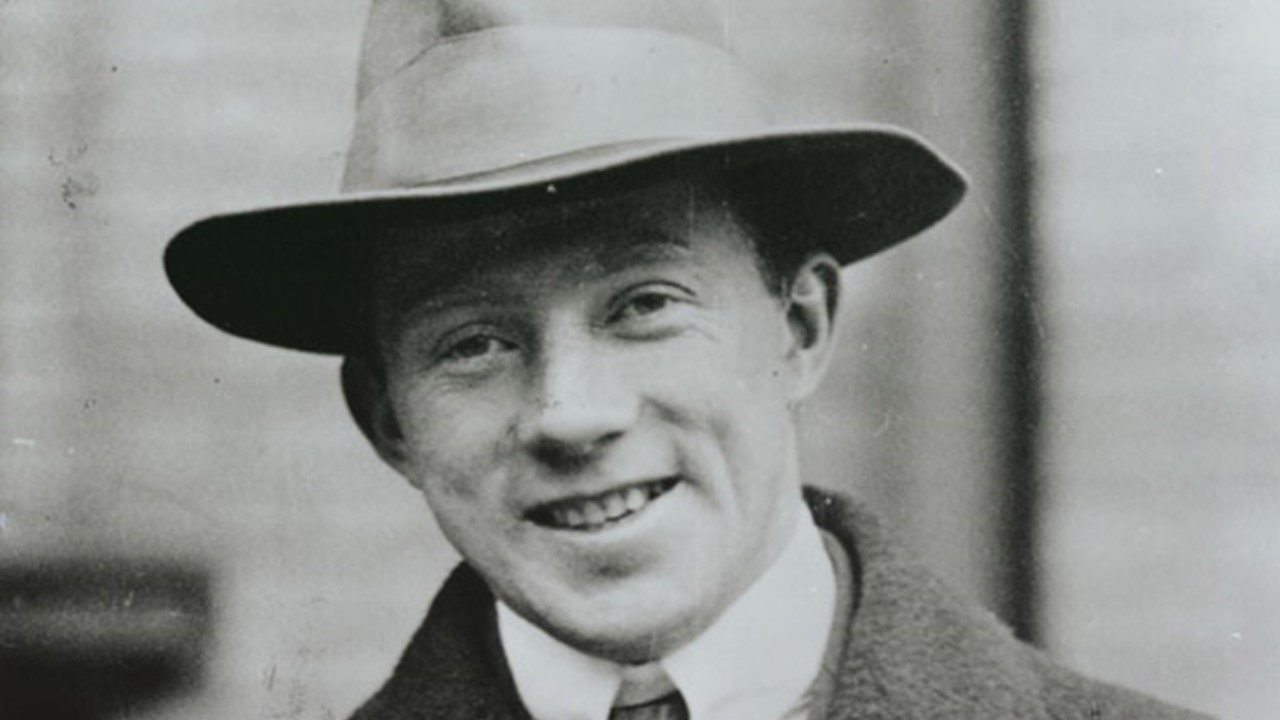
Oppenheimer by Christopher Nolan is dedicated to one of the greatest scientists of all time, J. Robert Oppenheimer [1904-1967] American physicist who is more famous as the director of Los Alamos laboratory during the second world war.
Oppenheimer once said: "It is occasionally true that I need physics more than friends." and that is what summarizes his college life. He was not particularly a social person and found merry in his own company. Nolan has shown how Oppenheimer dreamt physics all day long - a thing that drove him nearly crazy.
Nolan cleverly communicated that Oppenheimer was a genius physicist and not just some guy who led the Manhattan Project. That he made significant contributions to astrophysics, molecule theory, quantum mechanics and collaborated with some of the best minds of that time.
The movie is not about the bomb either. As titled, it is the story of J. Robert Oppenheimer who became victim of the second red scare during the 1940s and 1950s. He emerged as a war hero after the war but his closeness with communists - his brother being a former communist - led to his image assassination.
Communist or commie is a cuss word in America. People in the United States were systemically taught to dislike communism - so much so - that they started hating the idea and perceived it as something evil. Nolan has beautifully captured this struggle of Oppenheimer's to prove his loyalty and that he was not spying for communists.
Is there science in Oppenheimer, the movie? Yes a little bit of it here and there. For example, the Germans used heavy water as moderator, a very scarce resource which delayed their nuclear weapons program, while the Americans used a readily available Graphite - giving them a lead.
That is about it, more or less.

What about other greats like Einstein, Teller and Feynman? The first two scientists have played interesting, influential roles in the movie. However, Feynman was excluded except the part he started playing Bongo when the Trinity test was successful at 5.30 in the morning.
Who acted their part the best - was it Cillian Murphy as Oppenheimer or Robert Downey Jr as Lewis Strauss? There is a third possibility here - Matt Damon as Leslie Groves was mighty impressive. His screen time was comparatively less but acting was overpowering and top notch.
Overall, Oppenheimer is worth a watch for knowing how a "humble" scientist gets trapped by vindictive politics of that era. How human relationships change over the course and how some of them stand the test of time. What it means to be a scientist - to explore all possibilities, to fight for truth and to never give up.















 Physics, astronomy and science history blog for students
Physics, astronomy and science history blog for students